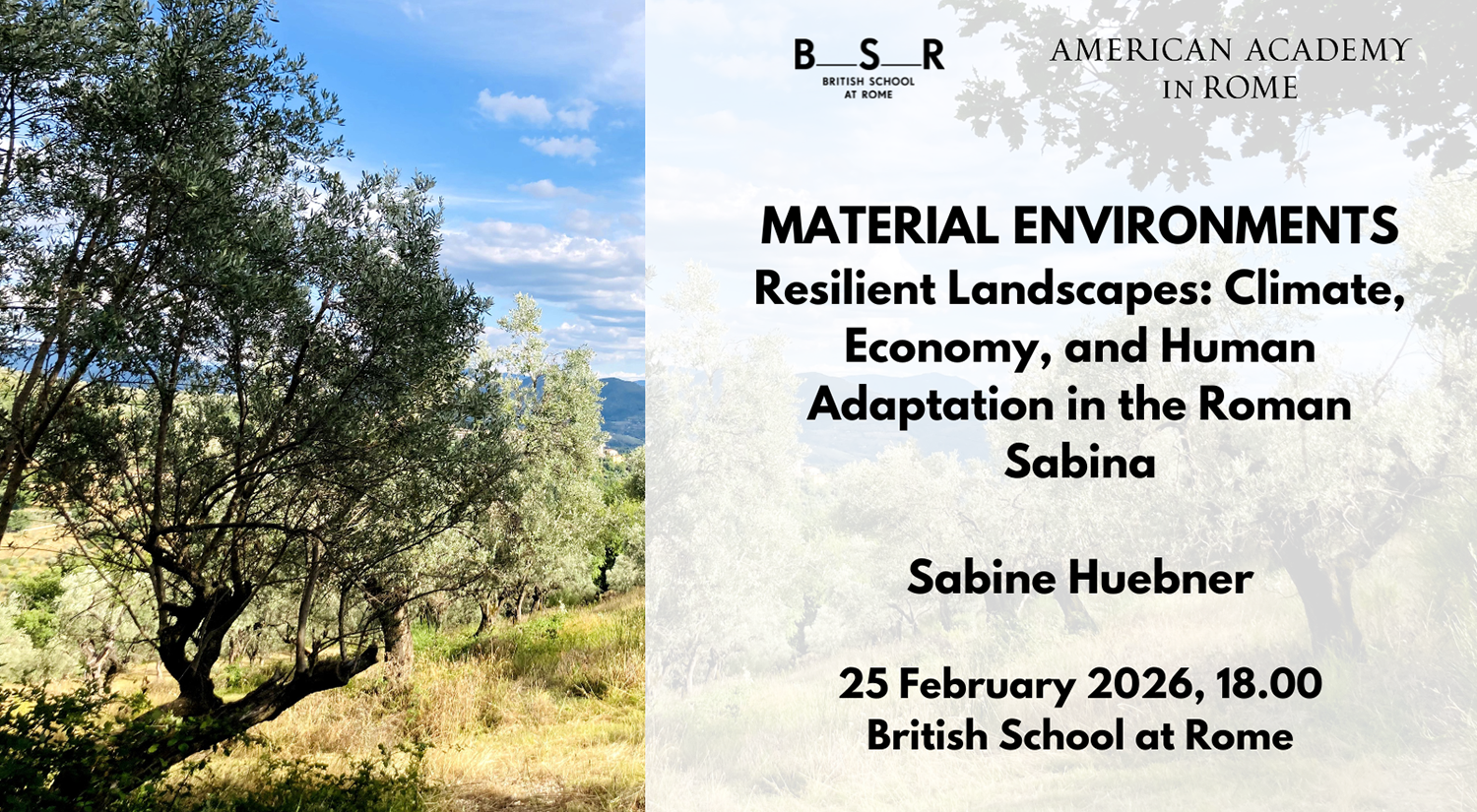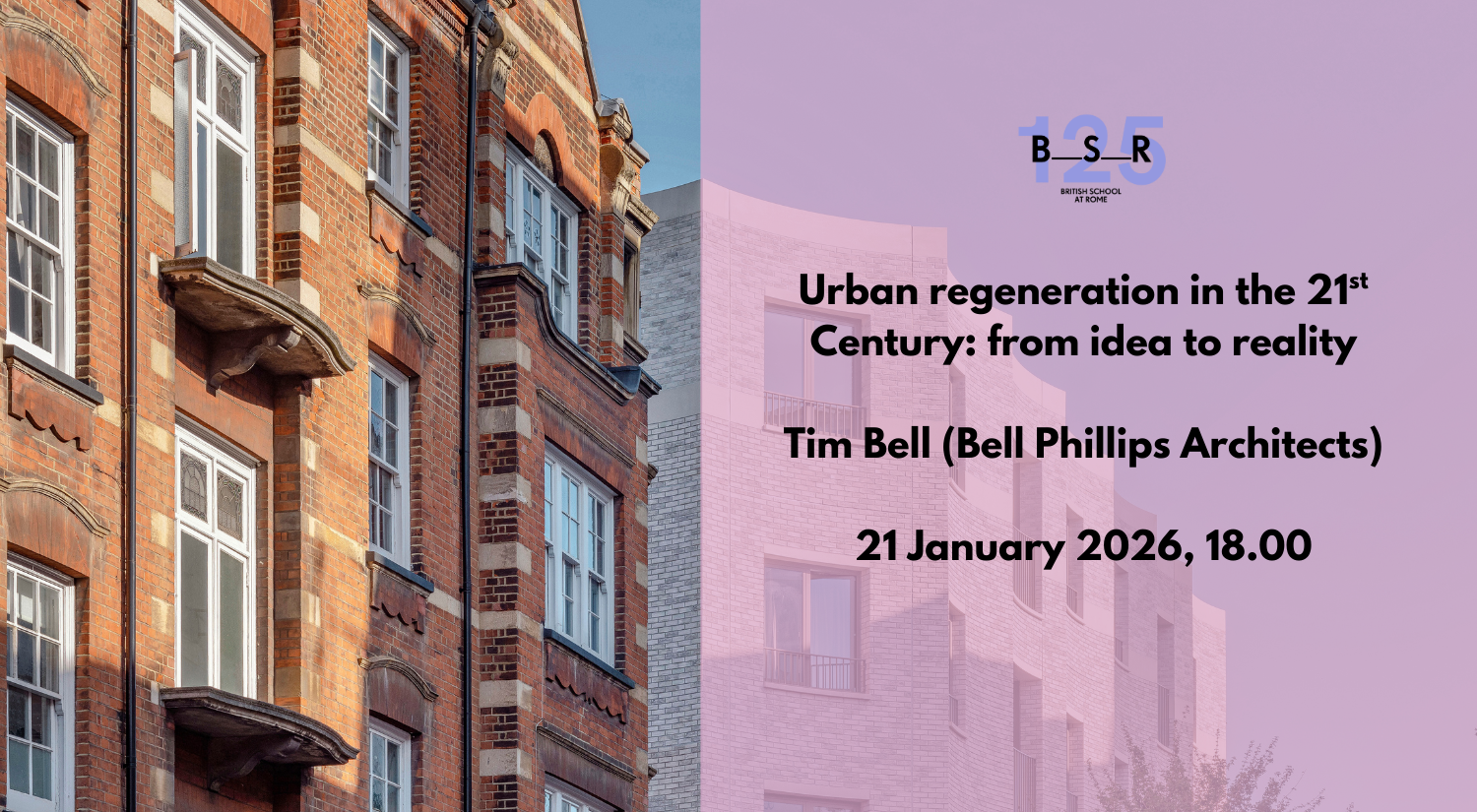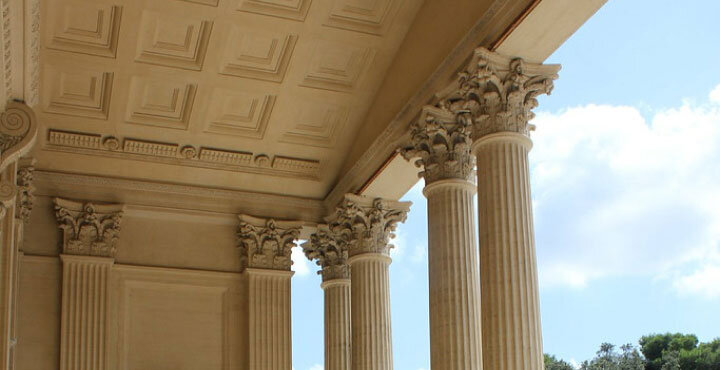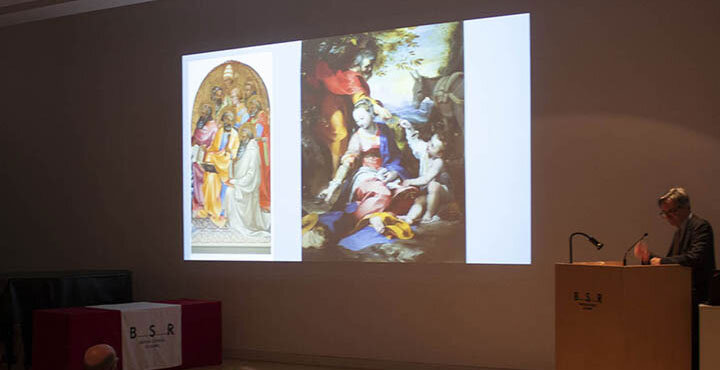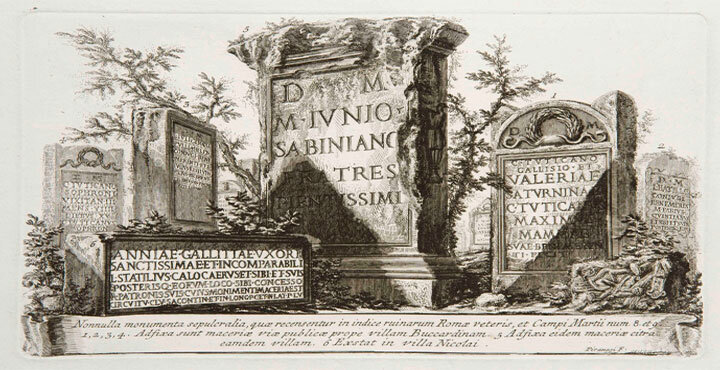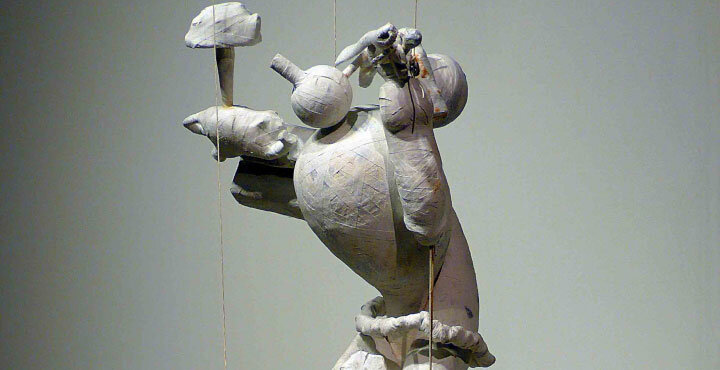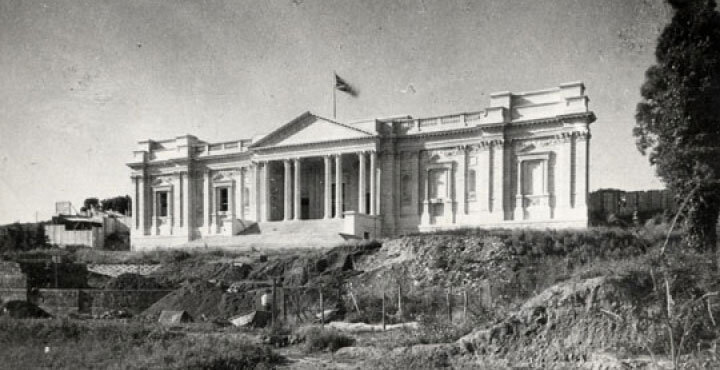This is the fourth in a series of lectures on Material Environments, hosted jointly by the American Academy in Rome and the British School at Rome over the academic year 2025-2026. Through several evening lectures, speakers will present new research on environments of ancient and post-Classical Rome and Italy. Changing technologies of research provide new answers to questions about the experience and effect of landscape and climate. These lectures showcase the ways in which environmental considerations recast our study of the past.
This paper presents an interdisciplinary exploration of environmental change, agricultural practice, and human adaptation in central Italy’s Sabina Tiberina, focusing on the newly launched Basel Villa dei Casoni Project. Situated between the Tiber plain and the Apennine foothills, the site offers a unique vantage point for examining how climate variability, land use, and social structures intersected in the Roman hinterland.
Through integrated methods—geophysical prospection, GIS mapping, palaeoclimate reconstruction, and ancient DNA analysis—the project reconstructs the long-term dynamics linking environment and society from the Iron Age to Late Antiquity. The Villa dei Casoni, a second-century BCE estate later transformed into an imperial residence, encapsulates the region’s transition from indigenous agrarian systems to market-oriented production and its eventual decline amid climatic and economic shifts.
By correlating environmental proxies (speleothems, dendrochronology, and sediment cores) with archaeological and bioarchaeological evidence, this study seeks to understand how Roman communities responded to climatic instability, crop failure, and disease. It argues that the Sabina represents not a peripheral zone, but a laboratory of resilience—where adaptation, innovation, and continuity reveal the deep entanglement of human and environmental histories.
In connecting archaeological, ecological, and genomic data, the paper highlights the potential of interdisciplinary research to illuminate the rhythms of ancient environmental change and to model long-term human responses to climate stress—an inquiry as vital today as it was in the Roman past.
Sabine R. Huebner is Professor of Ancient History at the University of Basel and an internationally recognized specialist in the social, religious, and environmental history of the ancient Mediterranean. Her research centers on the everyday lives of ordinary people in the Eastern Roman world, and she has published widely, including The Family in Roman Egypt (2013) and Papyri and the Social World of the New Testament (2019), as well as numerous edited volumes such as The Encyclopedia of Ancient History (2012), Mediterranean Families in Antiquity (2016), and The Single Life in the Roman and Later Roman World (2019). Her current work examines long-term interactions between climate change, pandemics, and societal transformation, integrating palaeoclimate research, archaeogenetics, and environmental archaeology. A former Radcliffe Fellow at Harvard, she has held visiting professorships at Princeton, Columbia, NYU, and Sapienza, and serves as General Editor of the Journal of Late Antiquity. Her research has been supported by major European and Swiss funding bodies.

